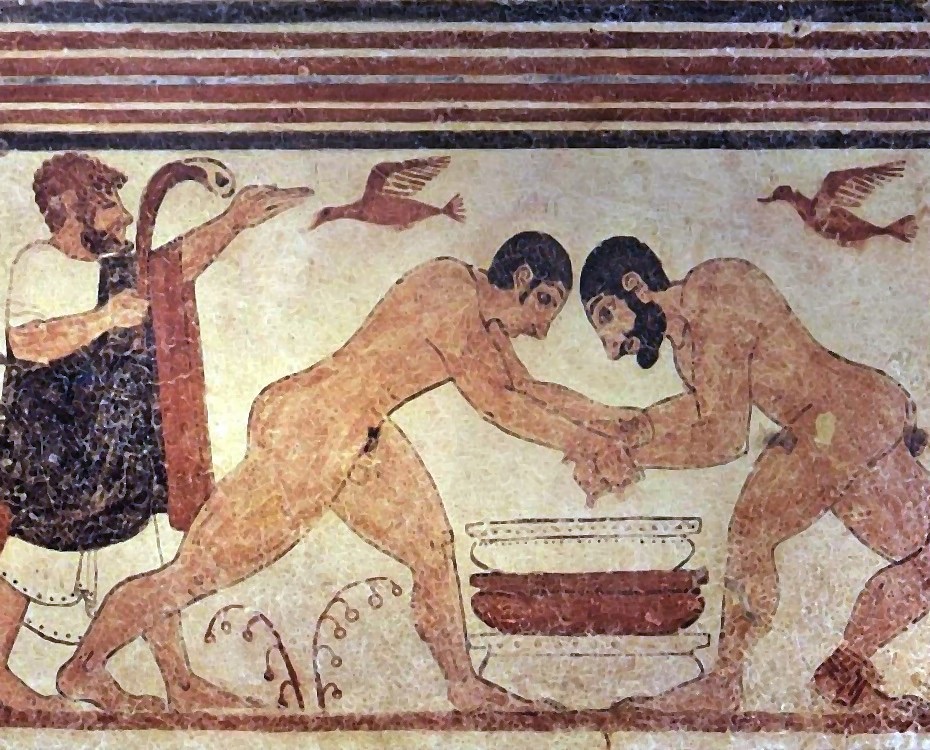The Tomb of the Augurs is an ancient Etruscan burial site, renowned for its intricate wall paintings. These frescoes provide a glimpse into the Etruscan culture and their beliefs about the afterlife. The tomb, located in Tarquinia, Italy, is one of many in the Necropolis of Monterozzi, a UNESCO World Heritage site. It dates back to the 6th century BC and showcases the artistic and architectural prowess of the Etruscans. The tomb’s name derives from the depiction of an augur, a priest and official in ancient Rome, within the frescoes, which suggests the importance of religious and ceremonial practices in Etruscan society.
Funerary Structures
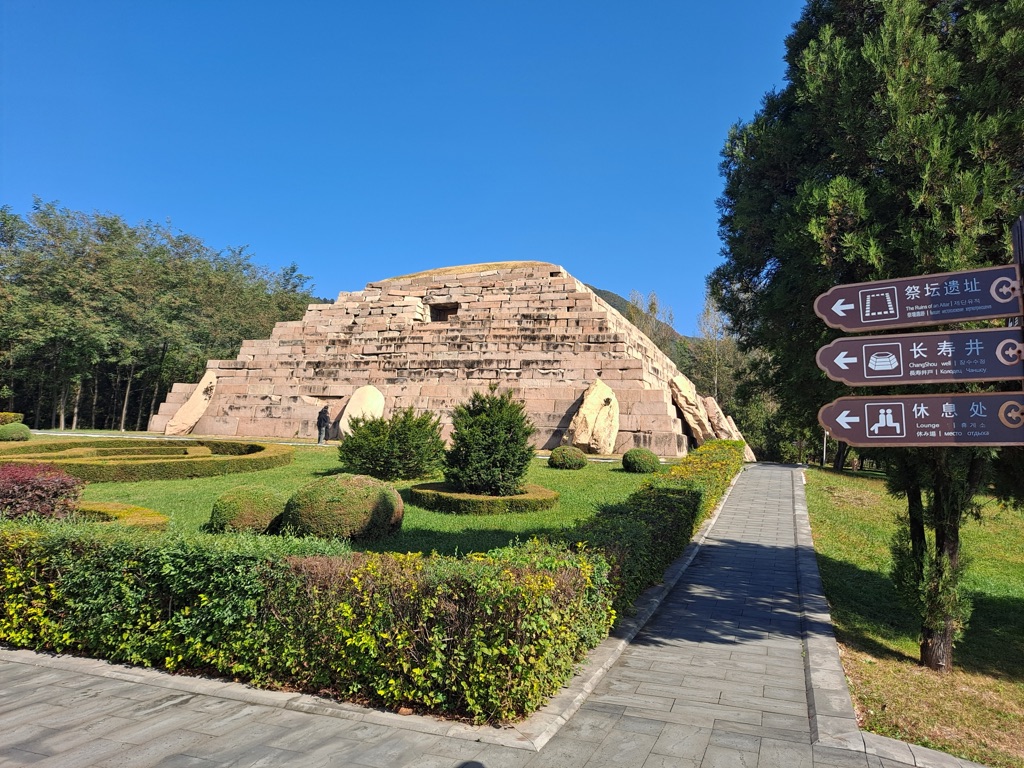
Tomb of the General in Korea
The Tomb of the General in Korea, also known as the Goguryeo Tombs, is a fascinating historical site that dates back to the Goguryeo Kingdom. These tombs, located in modern-day North Korea, are part of a larger collection of monuments and burial sites that reflect the culture and beliefs of one of the ancient Three Kingdoms of Korea. The most famous of these is the tomb of the military commander, known as the “General’s Tomb.” It is renowned for its wall paintings and the insight it provides into the life, customs, and military history of the Goguryeo period.
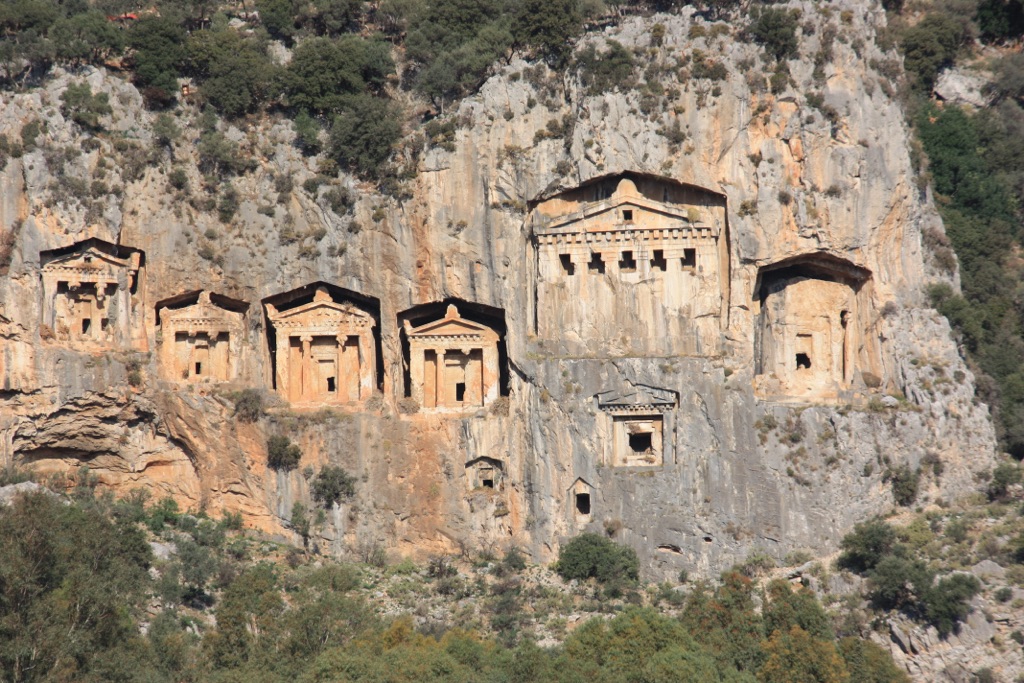
The Lycian Rock Tombs
The Lycian Tombs are an exquisite collection of ancient rock-cut tombs found in Lycia, a historical region in present-day southwestern Turkey. These tombs are renowned for their intricate facades carved directly into the rock faces, resembling the wooden houses and temples of Lycian antiquity. They date back to the 4th century BCE and reflect the complex funerary practices of the Lycians, who believed that a mythical winged creature would carry the dead to the afterlife. The most famous of these tombs is the Tomb of Amyntas, attributed to the Lycian ruler Amyntas, son of Hermapias.
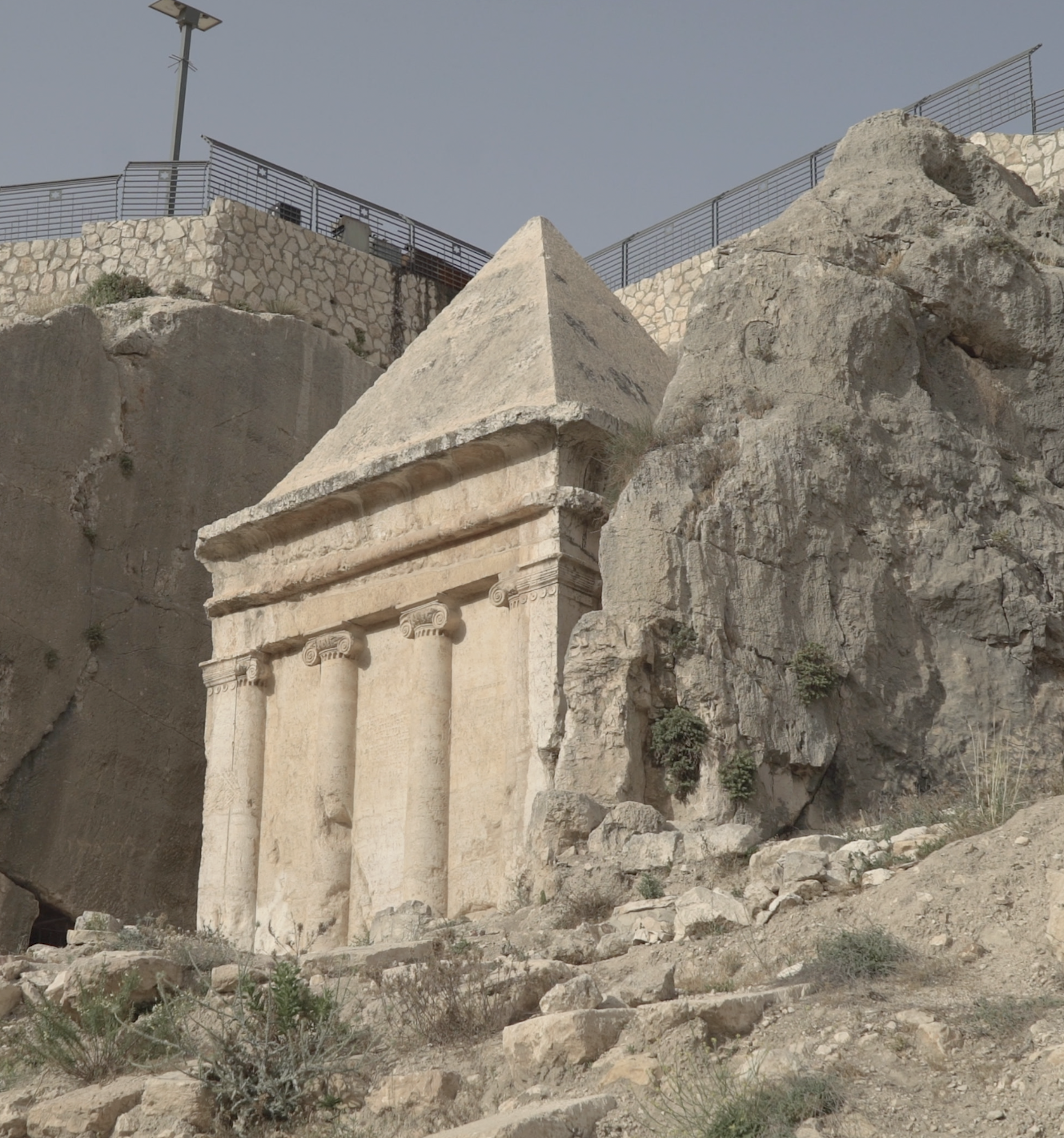
Kidron Valley Tombs
The Kidron Valley Tombs are a set of ancient burial sites that carry a profound historic significance. Located at the foot of the Mount of Olives in Jerusalem, these tombs date back thousands of years. They serve as a testament to the area’s vibrant history. Each tomb has its own story, often tied to notable figures and families from antiquity. As a vivid reflection of past civilizations, the tombs offer insights into the burial customs, architectural styles, and religious beliefs of the times. Though weathered by time, the enduring structures continue to captivate researchers and visitors alike, unlocking secrets of our shared human past.
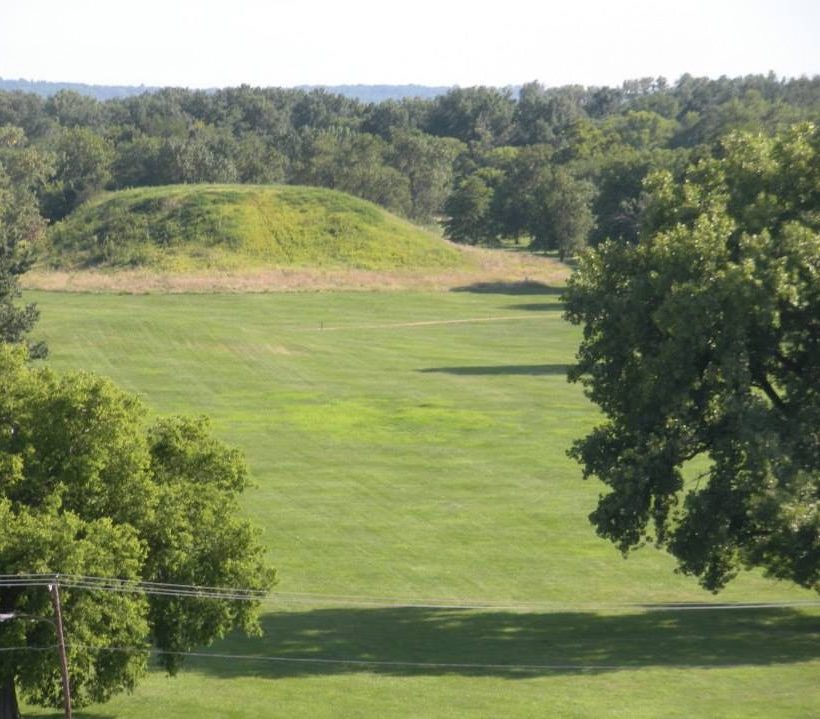
The Cahokia Mounds
The Cahokia Mounds stand as a testament to the ingenuity and cultural achievement of the Mississippian people who thrived from 700 to 1400 A.D. This fascinating historical site, located in present-day Illinois, encompasses the remains of this pre-Columbian Native American city. Here, visitors discover a complex society, rich in rituals and organizations, evident from the numerous ceremonial mounds spread across the area. Cahokia Mounds reveals the social and political structure of the time through its central features like the Grand Plaza, used for gatherings and important events, and Monks Mound, the largest prehistoric earthen construction in the Americas.
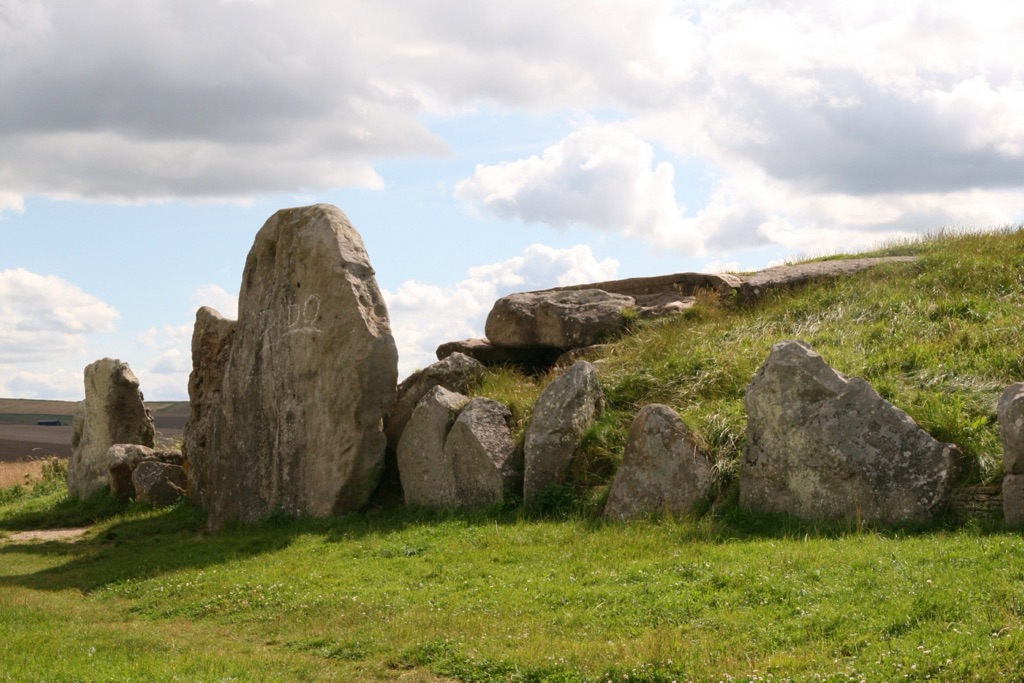
West Kennet Long Barrow
West Kennet Long Barrow stands as one of the largest Neolithic burial sites in Britain. It dates back to around 3650 BC, making it older than Stonehenge. This ancient monument is part of the Avebury World Heritage Site. Visitors are drawn to its historical significance and the mystery surrounding its original use. Archaeologists believe it was a tomb for local leaders, but it also could have been a place for rituals. Its structure, with a fifty-meter-long mound and a series of stone chambers, invites fascination. This site connects us to our Neolithic ancestors and their sophisticated construction skills.

